What is neighbourhood health and care working?
Services working together to meet people’s health and care needs where they live, in their neighbourhoods. This includes health, care, social services, housing and more, working as connected teams. Services are organised and delivered locally, designed around the needs of people in that neighbourhood, so they can access support close to home. It is also about developing a deeper understanding of the people we serve and proactively identifying need at the earliest opportunity.
What is a neighbourhood?
Areas which people would recognise as the area where they live their lives. Every neighbourhood includes many different services, who will work closely together. In south east London, our boroughs are divided into four or five neighbourhoods, each with a population of about 50,000 people. The neighbourhoods are groups of electoral wards, so they follow established community boundaries.
What do we mean by Place?
Place is used as another word for ‘borough’ in London. Our places (boroughs) are made up of four or five neighbourhoods. Neighbourhood working will be organised at borough level. This will make sure that we can build on existing services and relationships and arrange services in a way that meets the particular needs of the people living in each borough.
What is an integrator?
An integrator is the term we use to describe an organisation or a partnership of organisations in each borough responsible for neighbourhood working. Neighbourhood working is a change for how we deliver health and care services, and so it needs to be organised and coordinated. Integrators will be organisations that already exist in boroughs, with local knowledge and established relationships. They will bring their experience of their borough and combine it with this new way of working. Integrators will build on what already exists in each borough, and patients will be treated by the same health and care professionals. What will change is how those professionals work with each other.
Who is involved in neighbourhood working?
It involves professionals from across the NHS, local councils, and the voluntary, community, faith and social enterprise (VCFSE) sector. This includes GPs, nurses, social workers, care coordinators, mental health teams, public health specialists, and community support workers, all working as one team around a neighbourhood. It will also involve more in-reach into neighbourhood teams from specialists working within our hospitals. Local communities are also involved in neighbourhood working as there is a focus on prevention of ill health and enabling people to have more control over their care needs by supporting self-care where that is appropriate.
How is this different from how we have worked before?
Neighbourhood working breaks down traditional organisational and service boundaries. Rather than referring between siloed services, teams collaborate more closely, share information, and work with residents to plan care that reflects individual needs and local priorities. It will also mean changing the way that our residents access services, with a greater emphasis on proactively identifying the people that most need support at the earliest opportunity.
Why are we doing this now?
The NHS 10 Year Plan sets out a national shift towards more proactive, preventative care delivered in the community. In south east London, neighbourhood working is our way of delivering this, building on existing partnerships and responding to what our residents and staff have told us they need.
What guidance is there from NHS England?
NHS England’s Neighbourhood Health Guidelines 2025/26 outline a transformative approach to health and social care, focusing on delivering integrated services at the neighbourhood level. This strategy aims to provide care closer to home, enhance patient experiences, and ensure the sustainability of health and social care systems.

